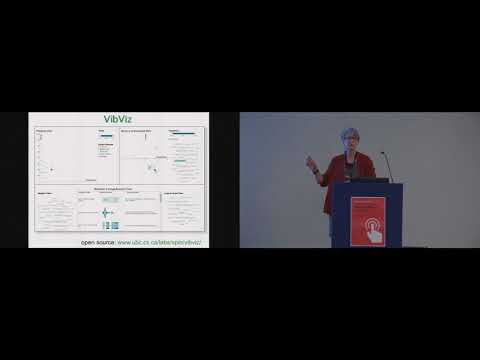Description:
Explore the future of haptic design in this keynote address from the ACM International Conference on Interactive Surfaces and Spaces. Delve into Karon MacLean's research on configuring touch-centered interactions, focusing on roles, utility, and design challenges in real-world applications. Discover approaches to developing viable roles and design languages for physical communication, including the creation of learnable tactile message vocabularies and the use of low-cost, stretchy touch sensors to enhance human-robot interaction. Examine case studies that demonstrate how sensing and simple outputs can transform interactions in the physical world. Learn about the stages of haptic design, from browsing to creating, and gain insights into emotional touch models, gesture classification, and therapeutic applications. Understand the importance of interdisciplinary research in advancing haptic technology and its potential impact on various fields, including robotics, wearable computing, and context-aware systems.
Read more

Taking Haptic Design from Research to Practice
Add to list
#Conference Talks
#ACM SIGCHI
#Data Science
#Data Analysis
#Art & Design
#Design & Creativity
#Prototyping
#Engineering
#Robotics
#Human-Robot Interaction